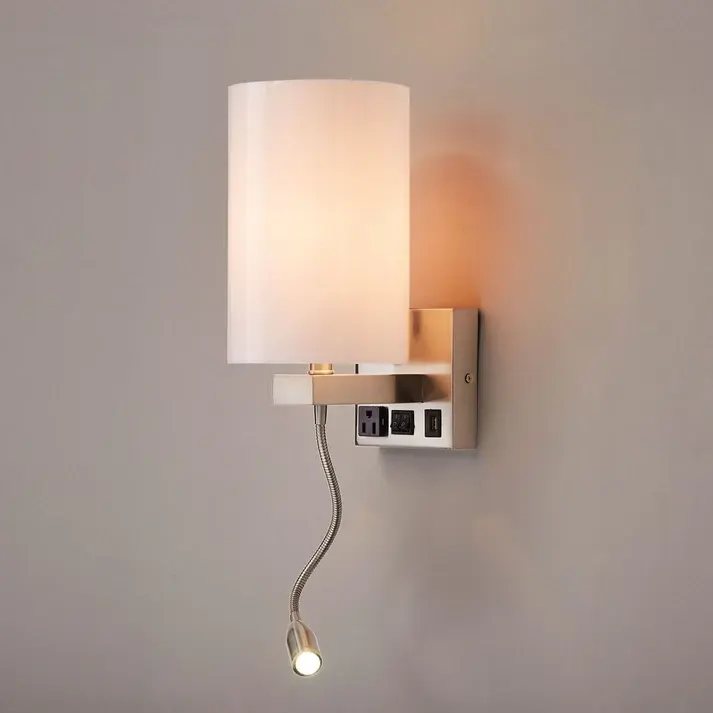What's The Stylish Leakproof Standing for Outdoor Lights?
- LED Lighting Ideas
- Mar 3
- 3 min read
Outdoor lighting plays a vital part in enhancing the safety, security, and aesthetics of your property. Whether you are installing LED pole light in a parking lot or cheering up your vicinity, icing the lights can repel the rudiments is pivotal. This is where leakproof conditions come into play. But what exactly do these conditions mean, and which one is stylish for outdoor lights?

Understanding Leakproof Conditions
Leakproof conditions are defined by the Ingress Protection( IP) system, which measures the position of protection against dust and water. An IP standing consists of two integers
The first number indicates protection against solid patches( like dust).
The alternate number represents protection against humidity( like rain).
Then’s a breakdown of common IP conditions:-
IP Rating | Protection Level | Best Use Case |
IP44 | Protected against splashing water | Covered outdoor areas |
IP54 | Protected against dust and splashing water | Patios, balconies |
IP65 | Dust-tight & protected against water jets | LED pole lights in parking lots |
IP66 | Dust-tight & protected against strong water jets | High-exposure outdoor areas |
IP67 | Dust-tight & protected against immersion up to 1 meter | Gardens, ponds |
IP68 | Dust-tight & protected against prolonged immersion | Pools, fountains |
Waterproof Standing for Outdoor Lights
For utmost outdoor operations, IP65 is the gold standard. Then’s why
Continuity IP65- rated lights, like LED pole lights, are able to oppose heavy rain, dust, and indeed occasional water spurts.
Versatility This standing is applicable for areas with high exposure to harsh rainfall conditions, similar as parking lots, thoroughfares, and colosseums.
Energy effectiveness ultramodern LED pole lights not only give excellent leakproof protection but also save energy and reduce electricity bills.
When to Choose Advanced Conditions
In some situations, an advanced standing will be needed
IP67 For installation in close propinquity to water bodies, similar as ponds or where lights are incompletely submerged in water.
IP68 Suitable for lights completely submerged in water, similar to swimming pools or cradles.
How to Choose LED Pole Lights with the Correct Standing
LED pole lights are among the most dependable outdoor lighting results. Look for products with at least an IP65 standing to insure life and performance. Also, consider features like energy effectiveness, brilliance, and design to suit your specific requirements.
Conclusion
Proper selection of the IP standing is necessary to ensure long service life and effective functionality for outdoor lights. A general IP65 standing would do for common operations, similar as durable and energy-effective options similar as LED pole light. Consider your particular conditions and surroundings in making your stylish choice. Shine a light on your outdoor settings with the correct lighting choice, choose right, enjoy benefits in a bright and rainfall-tight setup!
Frequent Asked Questions
Q. What does the first number in an IP standing mean?
A. The first number indicates the position of protection against solid patches like dust. For illustration," 6" in IP65 means the light is dust-tight.
Q. Can IP65 lights be submerged in water?
A. No, IP65 lights aren't designed for immersion. They can repel heavy rain and water spurts but not absorption. For immersion, consider IP67 or IP68 conditions.
Q. Are IP44- rated lights suitable for outdoor use?
A. IP44 lights can be used in covered outdoor areas but aren't ideal for high- exposure surroundings like open parking lots or auditoriums.
Q. Why are LED pole light preferred for outdoor operations?
A. LED pole lights are energy-effective, durable, and frequently come with high leakproof conditions, making them ideal for outdoor lighting.
Q. How do I choose the right leakproof standing for my requirements? A. Assess your terrain and exposure to rainfall. For general outdoor use, IP65 is sufficient. Advanced conditions like IP67 or IP68 are demanded for installations near or in water.








Comments